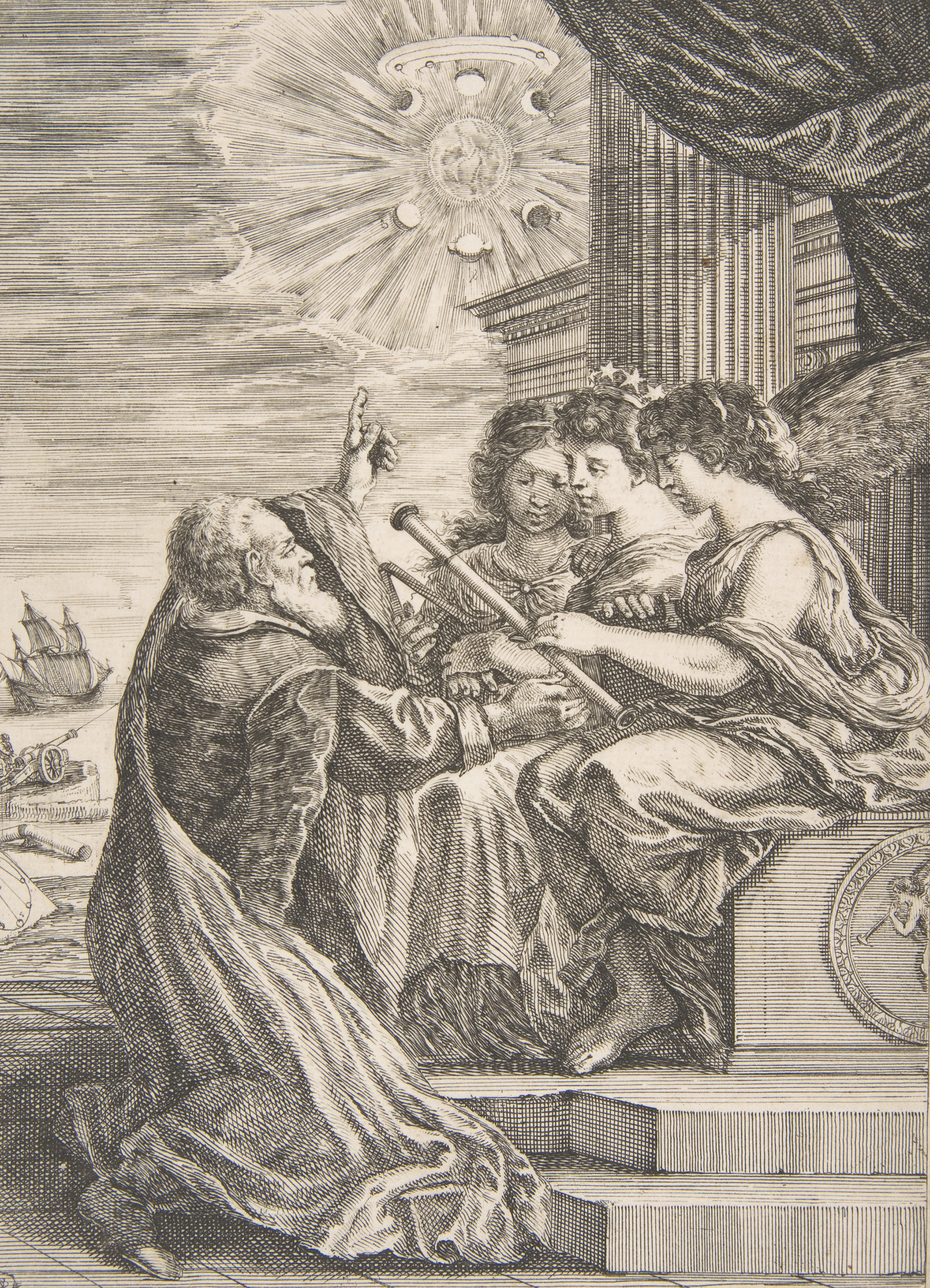
Galileo and Personifications of Astronomy, Perspective, and Mathematics, by Stefano della Bella, 1656. The Metropolitan Museum of Art, The Elisha Whittelsey Collection, The Elisha Whittelsey Fund, 1951 by exchange.
• The bones under London. (Smithsonian.com)
• On David Hume: “Clearly Hume himself often distorts his mind into uncomfortable positions, which is how he produces his beautifully convoluted and paradoxical philosophy.” (Times Literary Supplement)
• Did Caravaggio not die of syphilis? (Hyperallergic)
• A long-lost letter from Galileo: “The seven-page letter, written to a friend on 21 December 1613 and signed ‘G.G.’, provides the strongest evidence yet that, at the start of his battle with the religious authorities, Galileo actively engaged in damage control and tried to spread a toned-down version of his claims.” (Nature)
• For sale: “A copy of Lady Chatterley’s Lover used by the judge who presided over the novel’s 1960 obscenity trial, complete with annotations from his wife noting where D.H. Lawrence descended to writing about ‘love making,’ is set to be auctioned this autumn, for the first time in twenty-five years.” (The Guardian)
• William Faulkner, “the damndest postmaster the world has ever seen.” (Literary Hub)
• Meet “Jean-Ignace-Isidore Gérard, known simply as Grandville…arguably the most imaginative graphic artist of the nineteenth century.” (The Public Domain Review)
• What to do when a building wants to amend its past? (Popula)
• “Where are the Indigenous children that never came home?” (High Country News)
• An unexpected art collection: “ ‘It is not the baroness’s choice of macabre artifacts that is surprising, but the fact that it was a woman collecting them,’ Ms. Motsch said. ‘I know of no other woman to have done so,’ she added, noting that although the actress Sarah Bernhardt slept in a coffin and made still-life paintings with skulls, ‘she didn’t collect.’ ” (The New York Times)
• This week in obituaries: “the Melville of the South Street Seaport,” an architect who believed “less is a bore,” and a man who “paved the way for the Internet.”